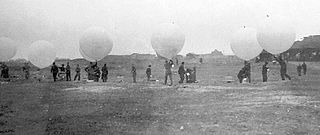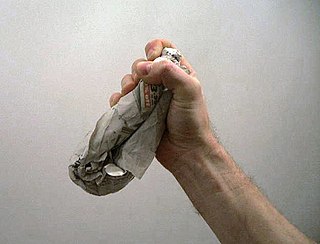 W
WAn improvised weapon is an object that was not designed to be used as a weapon but can be put to that use. They are generally used for self-defence or if the person is otherwise unarmed. In some cases, improvised weapons are commonly used by attackers in street fights, muggings, murders, gang warfare, during riots, or even during insurgencies, usually when conventional weapons such as firearms are unavailable or inappropriate.
 W
WGlassing is a physical attack using a glass or bottle as a weapon. Glassings can occur at bars or pubs where alcohol is served and such items are readily available. The most common method of glassing involves the attacker smashing an intact glass in the face of the victim. However, the glass may be smashed before the attack, and then gripped by the remaining base of the glass or neck of the bottle with the broken shards protruding outwards. Glassing is easily prevented by using containers made from plastic or tempered glass instead, but they suffer from unpleasant feel (plastic) and higher expense. These alternative containers are slowly being adopted in areas with a high frequency of glassing, such as the United Kingdom and Australia. In New Zealand, a similar phenomenon is referred to as "bottling".
 W
WAn improvised explosive device (IED) is a bomb constructed and deployed in ways other than in conventional military action. It may be constructed of conventional military explosives, such as an artillery shell, attached to a detonating mechanism. IEDs are commonly used as roadside bombs.
 W
WAn incendiary balloon is a balloon inflated with a lighter-than-air gas such as hot air, hydrogen, or helium, that has a bomb, incendiary device, or Molotov cocktail attached. The balloon is carried by the prevailing winds to the target area, where it falls or releases its payload.
 W
WAn Incendiary kite(also Firebomb kite, flaming kite, Fire Kite) is a kite with a bomb, incendiary device, or Molotov cocktail attached.
 W
WThe double cylinder, Nos. 8 and No. 9 hand grenades, also known as the "jam tins", are a type of improvised explosive device used by the British and Commonwealth forces, notably the Australian and New Zealand Army Corps (ANZAC) in World War I. The jam tin, or bully beef tin, was one of many grenades designed by ANZACs in the early part of the First World War in response to a lack of equipment suited to trench warfare.
 W
WKiseru (煙管) is a Japanese smoking pipe traditionally used for smoking a small serving of kizami, a finely shredded tobacco product resembling hair.
 W
WA lob bomb is a rocket-fired improvised explosive device made from a large metal canister, which has been used by insurgents as well as the Iraqi military during the Iraq War since late 2007. The weapon is essentially an airborne version of an improvised explosive device.
 W
WA "Millwall brick" is an improvised weapon made of a manipulated newspaper, used as a small club. It was named after supporters of Millwall F.C., who had a reputation for football hooliganism. The Millwall brick was allegedly used as a stealth weapon at football matches in England during the 1960s and 1970s. The weapon's popularity appears to have been due to the wide availability of newspapers, the difficulty in restricting newspapers being brought into football grounds, and the ease of its construction.
 W
WA Molotov cocktail, also known as a petrol bomb, gasoline bomb, bottle bomb, poor man's grenade, fire bomb, fire bottle or just Molotov, sometimes shortened as Molly, is a generic name used for a variety of bottle-based improvised incendiary weapons.
 W
WA shiv, also chiv, schiv, and shivvie, is a homemade knife-like weapon, especially one fashioned in prison. The word is possibly derived from the 1670s underworld cant word for "knife," chive. Other sources list the Romani word for the same object, chivomengro, as a more likely origin. The derived verb, shiv means "to stab someone", a shivver being the criminal who attacks victims with a knife. A knife improvised in prison is also often called a shank.
 W
WTrench raiding clubs were homemade melee weapons used by both the Allies and the Central Powers during World War I. Clubs were used during nighttime trench raiding expeditions as a quiet and effective way of killing or wounding enemy soldiers. The clubs were usually made out of wood. It was common practice to fix a metal object at the striking end in order to maximize the injury inflicted. Another common design comprised a simple stave with the end drilled out and a lead weight inserted, with rows of large hobnails hammered in around its circumference. Most designs had some form of cord or leather strap at the end to wrap around the user's wrist. Bosnian soldiers serving in the Austro-Hungarian army were fond of using maces. They were also used by officers to finish enemy soldiers wounded by poison gas attacks.